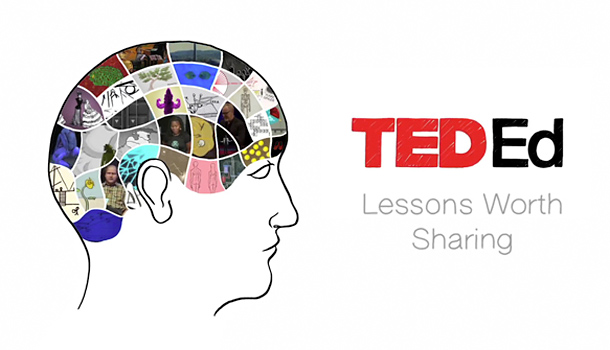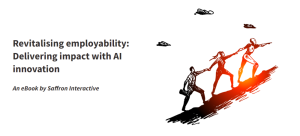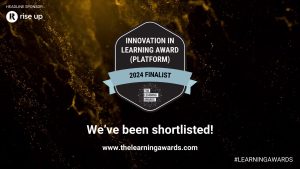Over the last few years, there can be no argument that e-learning has come on an awful long way. What started off in many cases as animated PowerPoints has evolved to courses that include animations, branching scenarios, video and in some cases incorporates gaming mechanics and social drivers to increase user engagement.
Something that has really caught my eye recently is the increasing popularity of websites such as Khan Academy and Ted-Ed. Most people will already be familiar with ted.com and some of its videos from leaders in their field sharing ideas – my personal favourite is the speech given by Steve Jobs at a Stanford graduation. Not only is Steve inspiring, yet realistic in his human experience but, it is very straightforward with three quick stories that engage you and then a key message or learning point after each.

These new online resources are now taking their content a step further by providing a platform to deliver immersive classroom experiences using videoed lessons which can be further enhanced by a range of features including interactions and commentary. For those who have not looked already, I would strongly encourage you to check out both sites as they make some truly fantastic resources available to their users.
The popularity of this type of medium leaves me with no doubt that it is here to stay. So where does this leave e-learning? While it will still be relevant for many of the same teaching areas that it has been before, we should be looking to take this to the next level by investigating what inspires people in the classroom, on TED or in their daily lives and focus the best practices from these areas into improving our instructional design. By incorporating and developing ideas from these other formats we can make sure that the e-learning we develop continues improving as it has been over the last few years – which is what we are always trying to do at Saffron!
So where does Flipped Learning come in? This is how Wikipedia currently defines the term:
“The traditional pattern of secondary education has been to have classroom lectures, in which the teacher explains a topic, followed by homework, in which the student does exercises.
“In flip teaching, the student first studies the topic by himself, typically using video lessons created by the instructor or shared by another educator, such as those provided by the Khan Academy. In the classroom, the pupil then tries to apply the knowledge by solving problems and doing practical work.”

This concept has been around in the academic world for some time. However, new developments such as being able to track outcomes in these lessons, test effectively and increase engagement is making this style of learning an increasingly viable option for a wider range of applications.
The main benefit of this style of learning is gaining the value added by a really fantastic teacher delivering the course material to the learner; we can all remember how at school a large amount of our success in subjects was down to how engaging the teacher was, and this is no different as you get older. I don’t find the TED video of Steve Job’s graduation speech inspiring because it’s on TED, but because it’s Steve Jobs! For me that’s what is really great about flipped learning – it’s the ability to share amazing teachers with an audience outside their classroom.
I think that this all bodes well for the future of e-learning. The flipped model helps open up training projects which in the past have strongly favoured a classroom approach, such as leadership training. This means that more people can learn as a group without being limited by their location or access to a classroom, while e-learning can help the learner to develop their skills further once they have experienced the flipped content.

I am really excited to see how websites such as the Khan Academy develop in the future. At the time of writing their websites boast over 166 million lessons delivered – so clearly the format is here to stay. Fans of e-learning should not see this as a threat, but we need to ensure our solutions stay ahead of the curve and continue improving to hold their own next to these new tools. Instead of worrying about flipped learning or the range of other tools becoming available to L&D we should see it as a chance to improve our own offering!
I think Steve sums up the case for learning from others perfectly:
“A lot of people in our industry haven’t had very diverse experiences. So they don’t have enough dots to connect, and they end up with very linear solutions without a broad perspective on the problem. The broader one’s understanding of the human experience, the better design we will have.”





